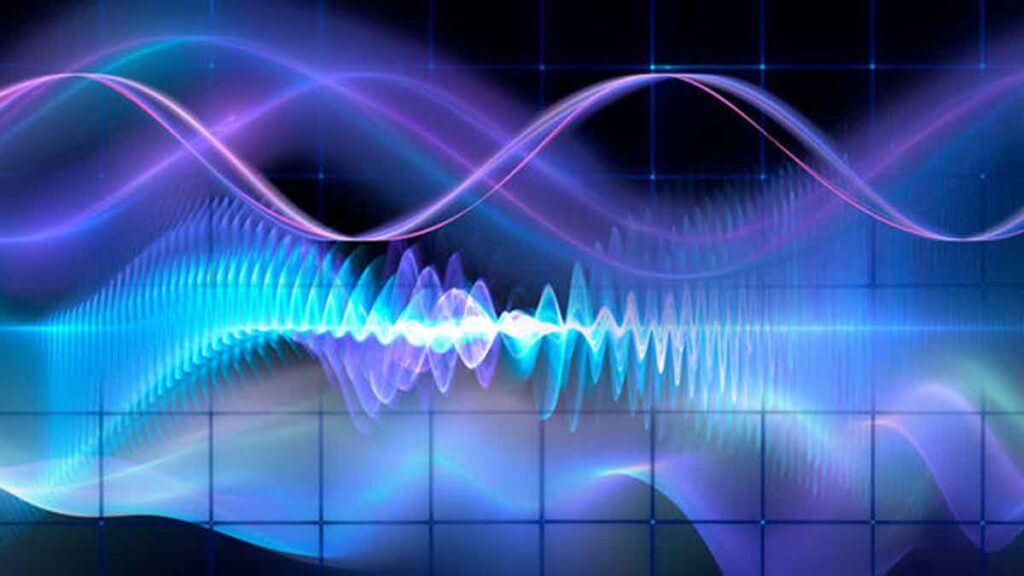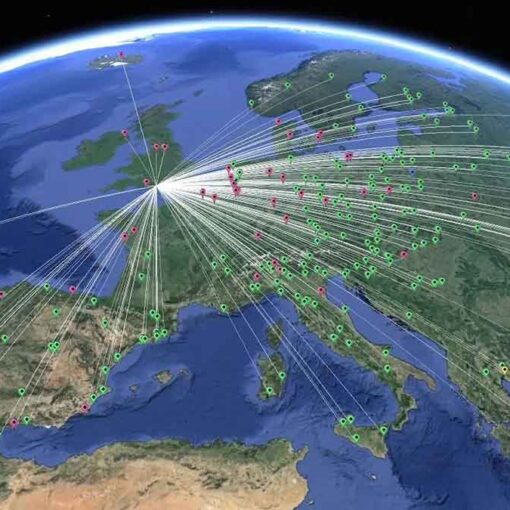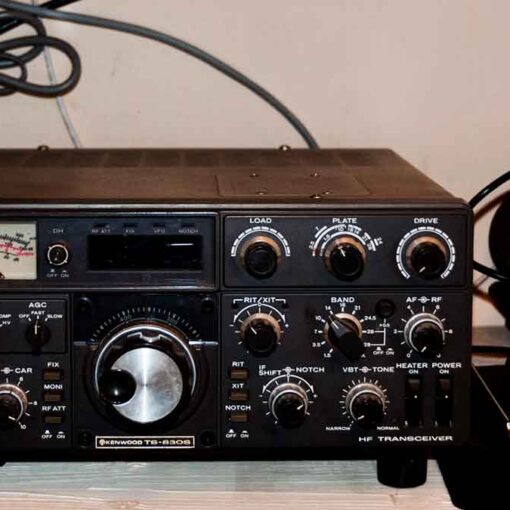
A major advantage of a CW QSO is the narrow band it uses (hundreds of Hz) when both stations in the QSO are broadcasting on exactly the same frequency.
In most standard connections, both stations transmit on the same frequency (simplex). Or, to put it another way, each is on the other’s zero beat.
The term zero beat comes from the fact that if the two stations broadcast on exactly the same frequency, the result of mixing the two signals will be a frequency equal to zero Hz; these signals are said to have zero beat.
Often, however, they do not broadcast on exactly the same frequency. There are two main reasons for this (or rather both in combination):
- one station is using the transceiver’s RIT retune incorrectly. Most modern transceivers have a RIT function that makes it possible to listen on a frequency slightly offset from the transmit frequency.
- the second reason is that the operator does not correctly apply the procedure to achieve zero beating. With modern transceivers, the procedure is to get your CW signal pitch exactly the same as the station you are listening to. If you are listening to a 600 Hz tone and your RIT is set 1000 Hz off, you will be transmitting at a frequency 400 Hz offset from the frequency of the station you are listening to.
In modern transceivers, the audio frequency of the CW can be changed by means of the BFO tuning.
Many experienced CW operators prefer to listen at a fairly low pitch (400 – 500 Hz, sometimes even lower than 300 Hz) instead of the more normal 600 – 1000 Hz. For many people, the low frequency is less tiring during long listening periods, and in addition allows for easier separation of stations transmitting on nearby frequencies.



